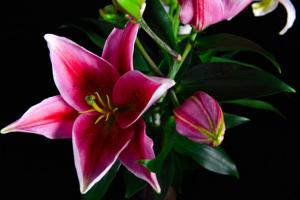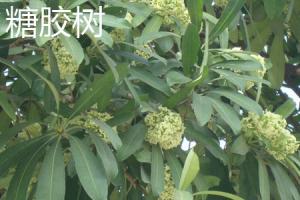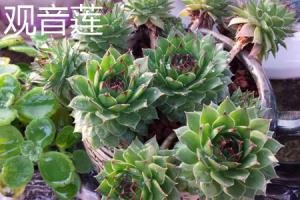Introduction
Flower pots and planters are both common items used for growing plants. They are often used interchangeably, but they have some differences that are worth noting. In this article, we will discuss the main differences between flower pots and planters to help you determine which one may be the best fit for your needs.
Size and Shape
One major difference between flower pots and planters is their size and shape. Flower pots are typically smaller and round, often with a tapered design that narrows towards the base. In contrast, planters are typically larger and can come in various shapes, such as rectangular or square, as well as different sizes. The bigger size of planters generally makes them more suitable for larger plants, while flower pots are usually best for smaller flowering plants like petunias.
Material
Another key difference between flower pots and planters is the material they are made of. Most flower pots are made of clay or ceramic and come in a range of designs to match different decor styles. Planters, on the other hand, can be made from a range of materials including wood, metal, plastic, and concrete. These materials provide greater versatility in terms of design, but may also affect the durability and the plant's watering requirements.
Drainage
One important factor to consider when choosing between a flower pot and a planter is drainage. Proper drainage is crucial for any container used for growing plants, as it allows excess water to escape and prevents root rot. Flower pots often have drainage holes at the bottom of the container, while planters may not, and this can make it more challenging to regulate watering. If you choose a planter without drainage, take care when watering to avoid overwatering or waterlogging the soil.
Mobility
Both flower pots and planters can be either fixed or mobile, depending on their size and weight. Flower pots tend to be lighter and may come with handles, making them easy to move around. Planters, especially those made of heavier materials like concrete or metal, are typically stationary and not meant to be moved regularly. This may not be an issue if you plan to grow large plants that are meant to stay put, but it is worth considering if you want the flexibility to move your plants around.
Conclusion
In summary, the main differences between flower pots and planters relate to their size and shape, material, drainage, and mobility. While there is no definitive answer as to which one is better, understanding these differences can help you decide which one is a better fit for your plants, decor, and lifestyle. Whether you opt for a flower pot or a planter, remember that proper plant care and maintenance are key to keeping your plants healthy and thriving.

 how many times do yo...
how many times do yo... how many planted tre...
how many planted tre... how many pine trees ...
how many pine trees ... how many pecan trees...
how many pecan trees... how many plants comp...
how many plants comp... how many plants can ...
how many plants can ... how many plants and ...
how many plants and ... how many pepper plan...
how many pepper plan...

































